Lamborghini at 60
Enzo Ferrari created many wonderful cars in his time, but he also made some arch enemies along the way. As well as upsetting Ford so much that it built the GT40 with the express intention of beating Ferrari at Le Mans, achieving that aim four years in a row, Ferrari also annoyed one particular client: Ferruccio Lamborghini.
The story goes that Lamborghini bought a Ferrari 250 GT but found it just too rough round the edges as a road car. When he suggested a few changes that would make it a better car for driving on the road rather than the track, Ferrari haughtily told his customer to keep his ideas to himself. Not one to take this sort of behaviour lying down, Ferruccio used his considerable wealth and access to engineering from his existing tractor and air conditioning businesses to design and build a brand new road car in just four months. As a result, one of the most iconic names in the supercar world was born and Ferrari gained a serious rival.
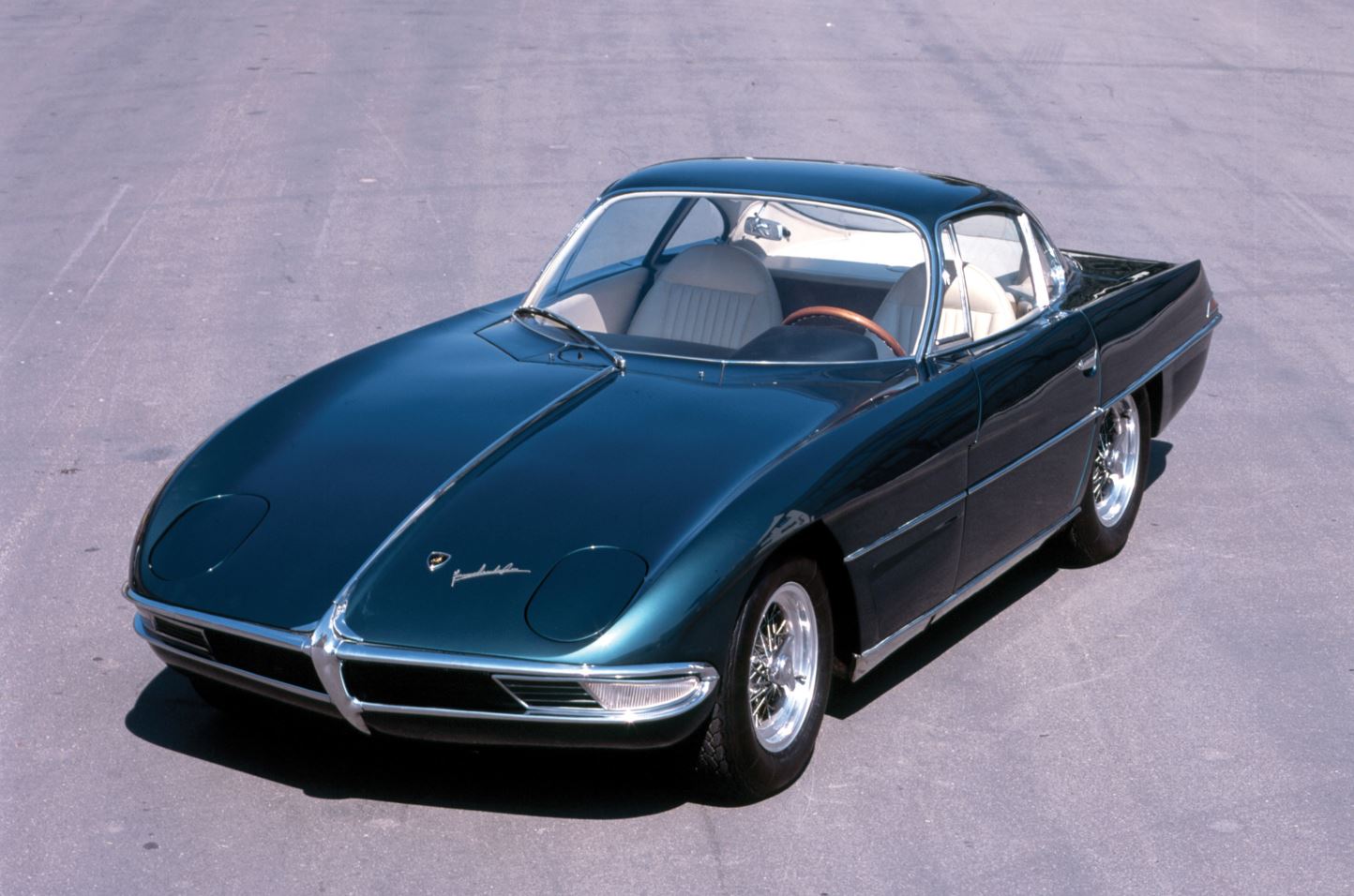
That original 350GTV was unveiled at the Turin Motor Show in 1963. It wowed the crowds and the press alike, gaining plenty of column inches to further upset his rival from Modena. However, the first proper Lamborghini road car to leave the Sant’Agata Bolgnese factory was the 350GT, which was a sleek low-slung coupe. The 3.5-litre V12 motor produced 320bhp and was enough to power the car to a claimed 155mph, which was also sufficient to put the Jaguar E-type in the shade with its dubious claim of a 150mph top speed.
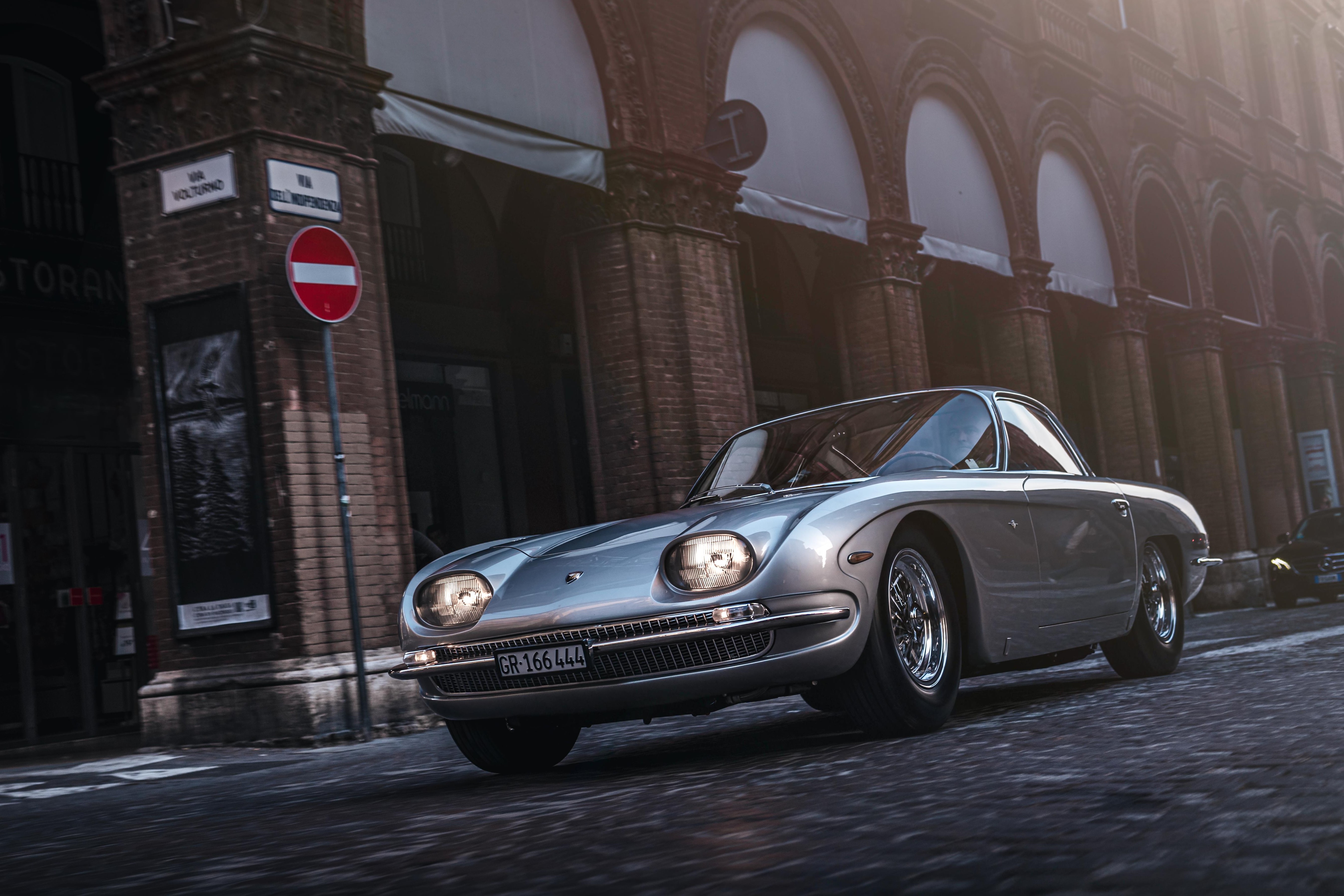
Underneath its aluminium skin, the 350GT was fairly standard exotic coupe fare. A tubular chassis offered support to double wishbone suspension and there were all-round disc brakes. More importantly, the chassis was developed by Giampaolo Dallara, who was brilliant at setting up cars to handle and ride properly. The other stroke of genius for Lamborghini was bringing in Giotto Bizzarrini to design that V12 motor that became the defining feature of all of Lamborghini’s big-hitting models.
As someone who liked a fast car on the road, Ferruccio Lamborghini wasn’t slow in realizing the 350GT could offer more, so he added the 400GT to the range in 1966. It came with 2+2 seating to make it more practical, whether you wanted to carry kids or more luggage, and the now 4.0-litre engine had deeper reserves of mid-range power for spearing across the continent.
Even with these superb GTs in the line-up, Lamborghini’s sales were tiny. The company shifted just 363 350 and 400 models combined, but the firm’s profile was about to take a major step up, even if sales remained at the exclusive end of limited. First seen as a chassis at the 1965 Turin Motor Show, Lamborghini then unleashed the Miura on the world in 1966. It’s the car that begat the term ‘supercar’ and deservedly so. It looked sensational, and even more astounding for the mid-1960s was its mid-engined layout.
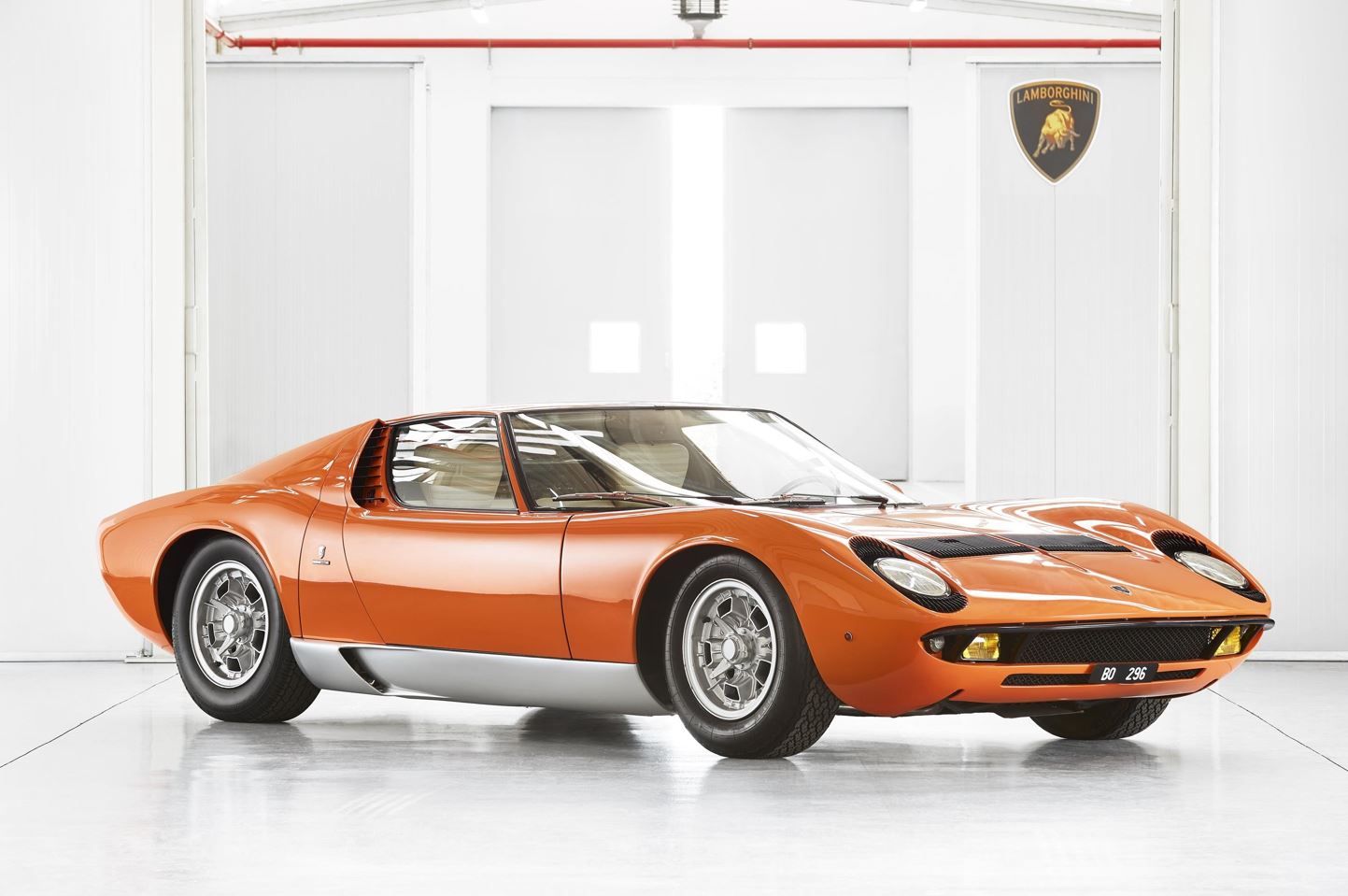
To cram that gorgeous and now 370bhp into the Miura’ pert form, it was turned through 90-degrees to sit transversely across the frame. It meant the Miura’s looks were unharmed by engineering ambition and this marvel could hit 177mph, even if the P400’s front end was prone to becoming very light as air rushed under the nose at higher speeds. To address this, Lamborghini added a small spoiler at the front that cured this, while the P400 SV gained a 385bhp version of the 4.0-litre V12 to give it a 180mph top speed.
Ferrari was left reeling from the arrival of the Miura and did not launch a roadgoing mid-engined supercar of its own until 365 Berlinetta Boxer of 1973. By then, Lamborghini was well on the way to offering its second generation of this bold new breed in the era-defining shape of the Countach. However, the Sant’Agata firm had not abandoned its front-engined GT models in the meantime. Rather, it had refined them and came up with the sharply styled Islero in 1968, while the incredible Espada of the same year offered genuine four-seat low-flying comfort. The Jarama of 1970 was perhaps less successful in its styling, but it sold steadily.
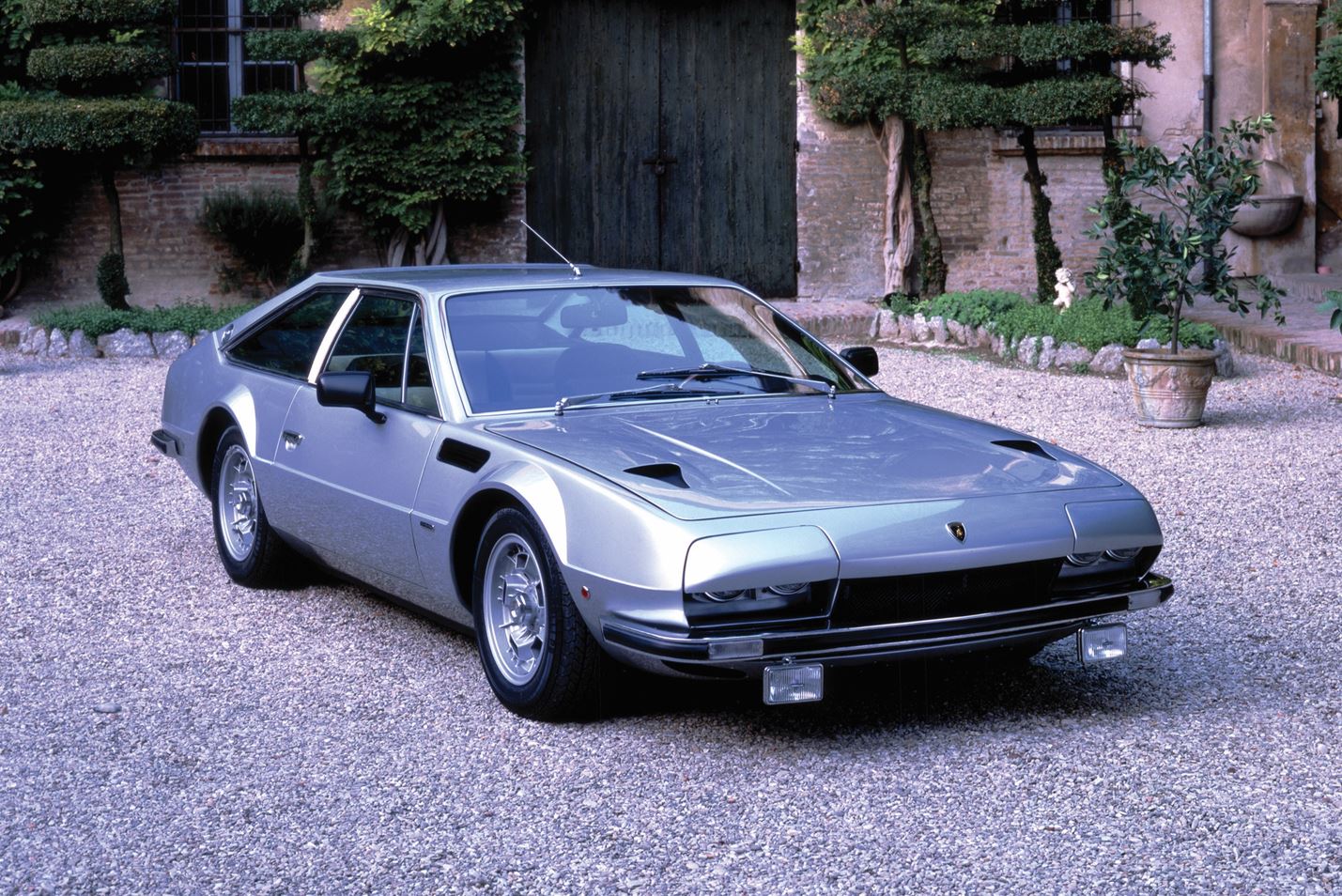
Lamborghini also looked to a smaller car to increase sales and rival Ferrari’s Dino 246 GT. The Urraco was the outcome of this thinking, which had a 3.0-litre V8 engine mounted midships. In P300 form, it could hit 161mph and was followed up by the Silhouette model in 1976 that took its styling inspiration from the Countach.
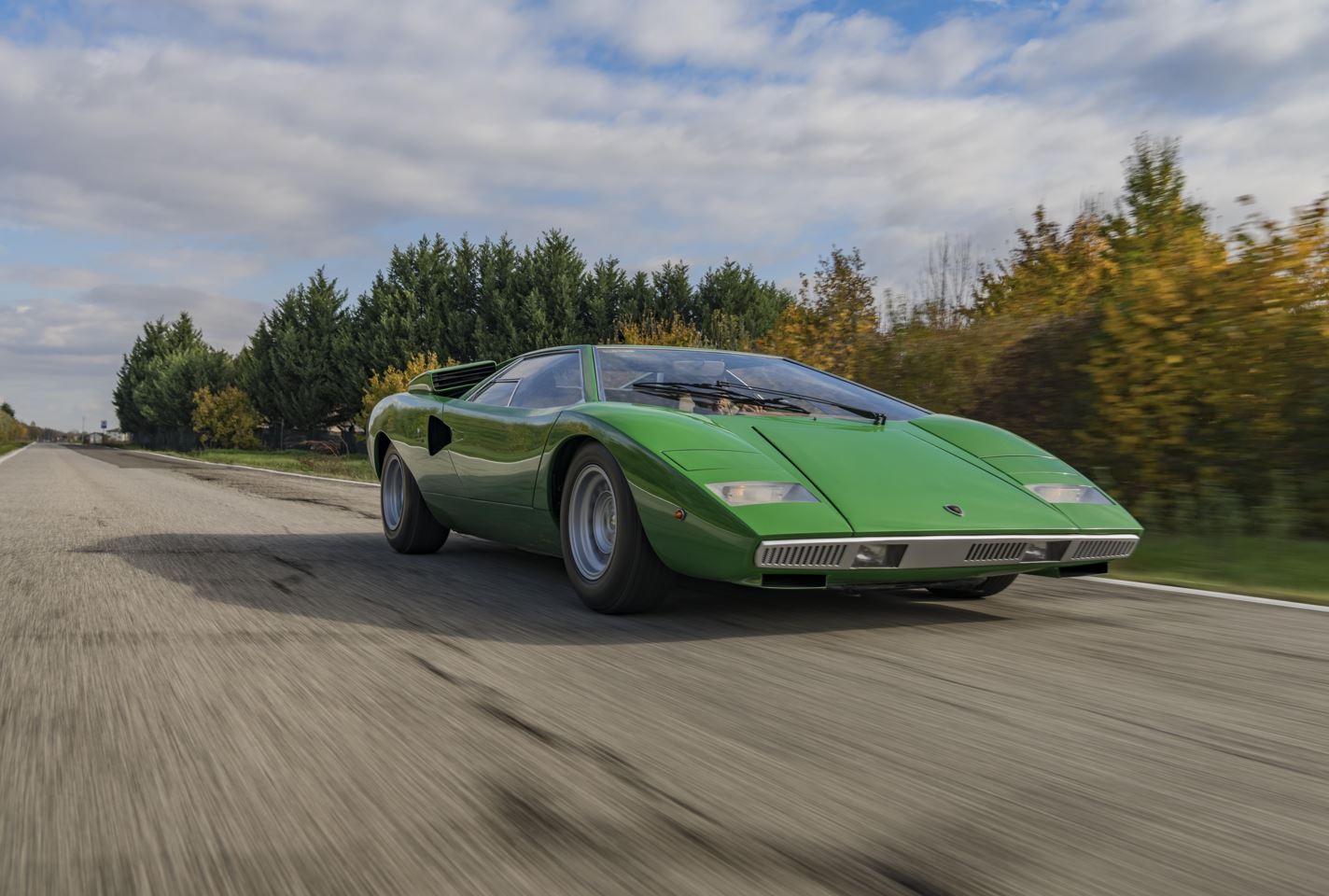
Back to the Countach, then. Unlike the Miura, it placed that sonorous V12 engine longitudinally in the chassis with an unusual transmission arrangement where power went forward to the gearbox and then back to the rear wheels. It might have been odd, but it was devastatingly effective as the Countach claimed a top speed of 180mph from the start. Even more dramatic were the scissor doors that have become a trademark feature of top-flight Lamborghinis right through to the Aventador.
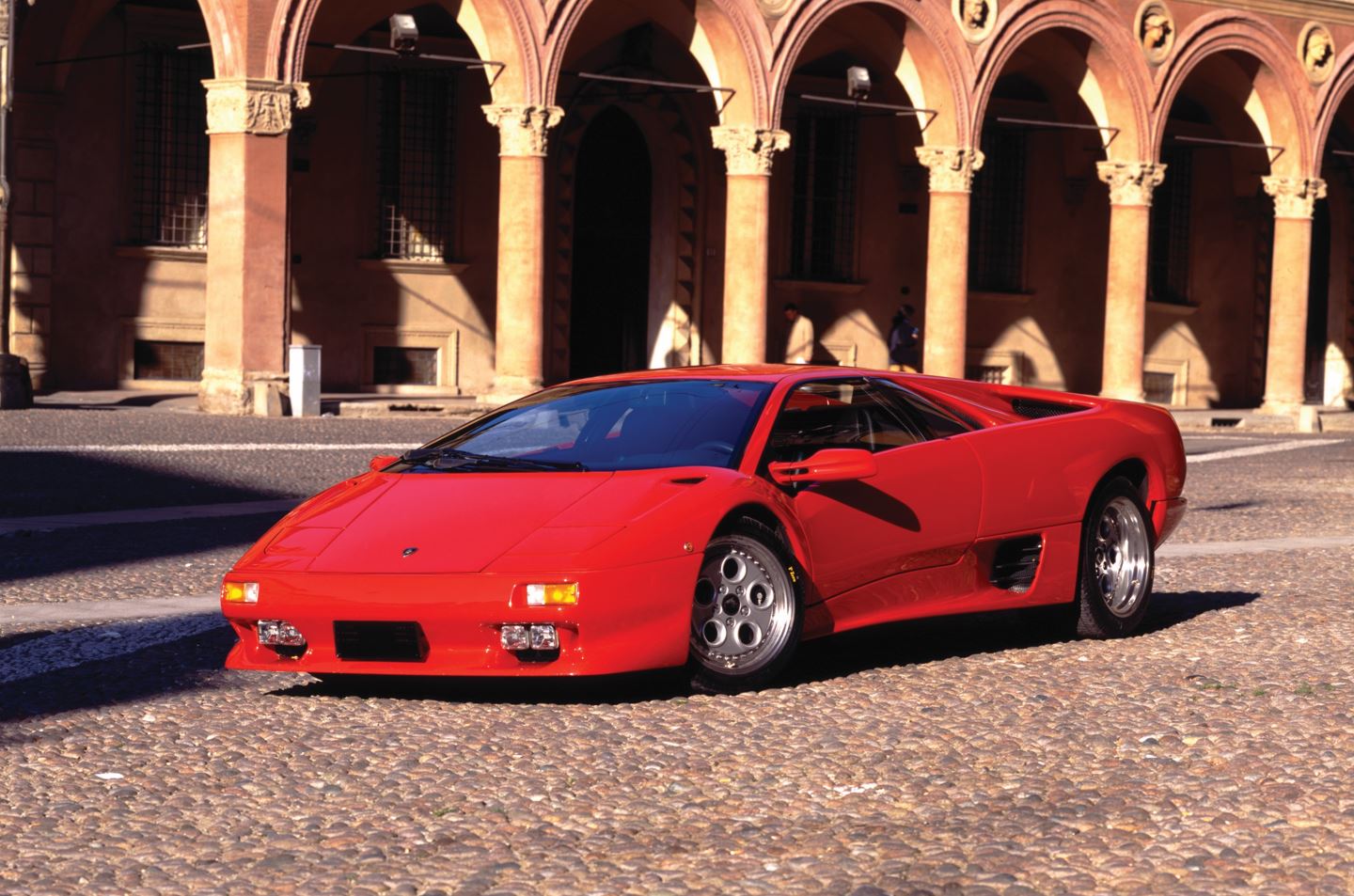
Successive versions of the Countach gained more power and performance, and the model ran all the way to 1990 when the Diablo took over the family business of offering the most headline-grabbing supercar on the market. It did this by being the company’s first ever 200mph car and the VT model of 1993 introduced four-wheel drive to the supercar line-up, though Lamborghini had dabbled with all-wheel drive in the bonkers LM002 from 1986.
The Diablo also oversaw the sale of Lamborghini to Audi in 1998. Purists worried this would signal the end of the madness from Sant’Agata, but that proved unfounded fear when the Murcielago pitched up in 2001. Gorgeous looks with plenty of menace were matched by its pace and power, and there was just enough German sensible-ness in the way it was built and how the cabin was laid out. That theme was replicated with the Gallardo in 2003, which used a 5.2-litre V10 engine to sound very different to its big brother. It quickly became Lambo’s best-selling car ever and shifted more than 13,000 cars in its lifetime.
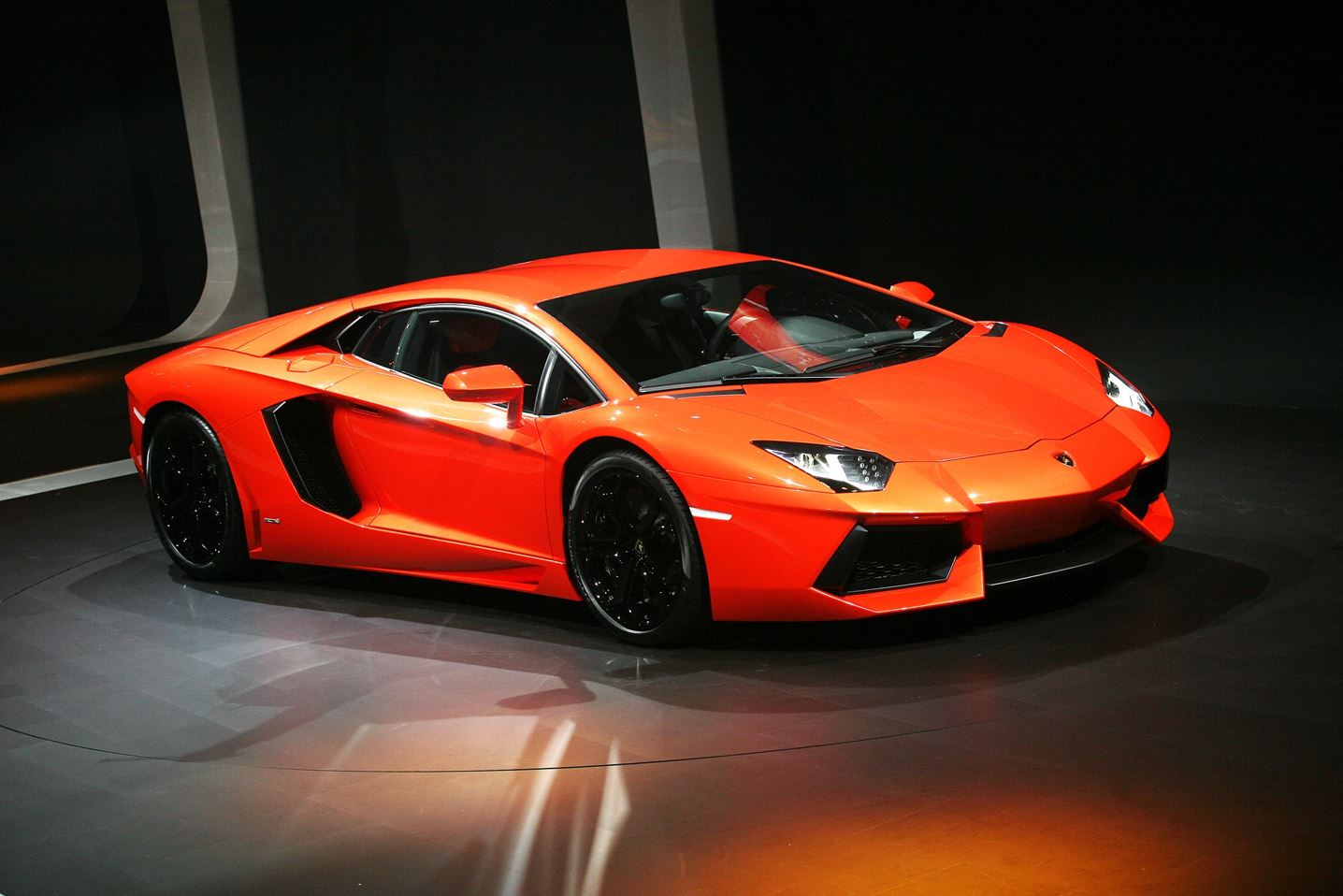
From there, Lamborghini replaced the Murcielago with the Aventador in 2011, while the Huracan took over from the Gallardo in 2014. Now, a new chapter is on the way for Lamborghini as it embraces hybrid technology for its road cars, but you can be sure they will still be just as wild as Ferruccio was when Ferrari snubbed him.
Which so you think is the most iconic Lamborghini? Let us know in the comments below.

COMMENT